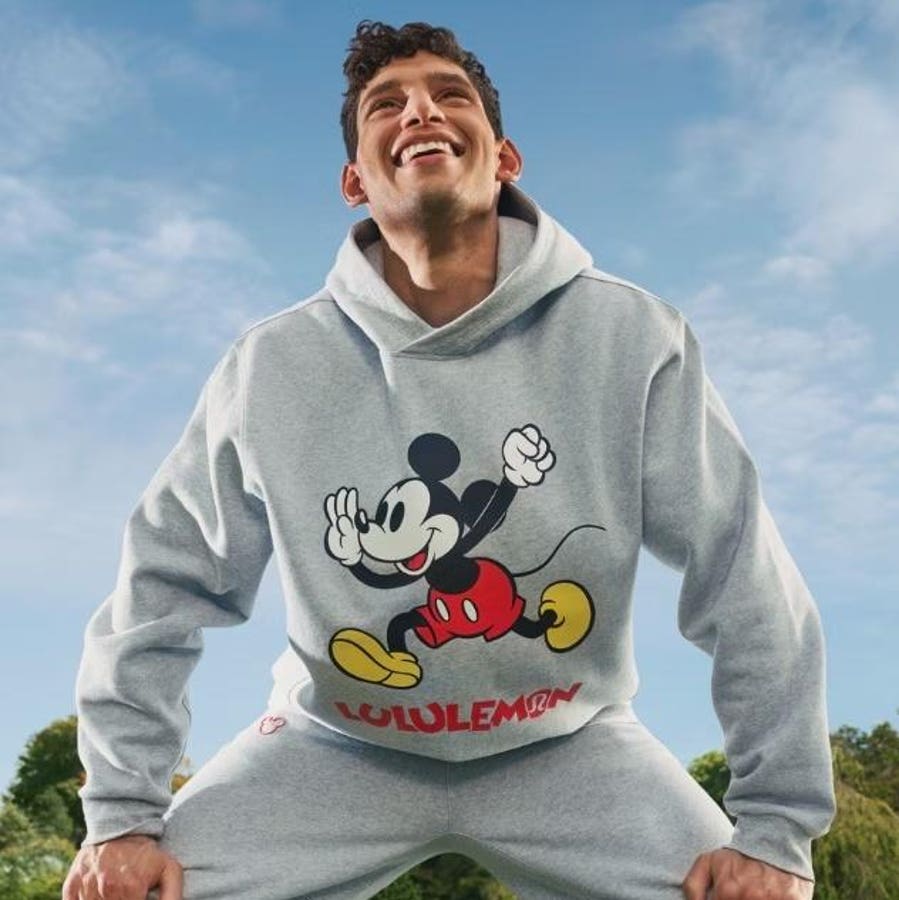In a world where attention is the ultimate currency, fashion brands are turning to cultural icons and beloved narratives to secure their share of the spotlight. These partnerships, whether inspired by Broadway blockbusters, timeless Disney characters, or hit TV series, are no longer just creative collaborations. They are business strategies designed to bridge the emotional connections that audiences have with their favourite stories and the aspirational appeal of sophisticated fashion.
Recently we have witnessed a surge of these cultural alignments: Camilla, Australia’s “Queen of Print,” unveiled a collection inspired by Wicked the musical; Yellowstone partnered with Free People to bring rugged Americana to urban wardrobes; Lululemon joined forces with Disney for a limited-edition capsule collection. Each of these partnerships is more than a commercial venture; they are an invitation for consumers to wear a piece of the stories they love.
From Storytelling to Sales: The Appeal of Cultural Partnerships
By aligning with cultural phenomena, fashion brands tap into built-in fanbases, leveraging the credibility and emotional resonance of their partners. These collaborations work because they create a seamless narrative between fashion and fandom, elevating both in the eyes of consumers.
Take Camilla’s Wicked-inspired collection, for example. Known for her kaleidoscopic designs, Camilla uses the theatrical allure of Wicked to weave an enchanting new layer into her brand. This is more than merchandise; it is wearable magic for both fans of the show and collectors of luxury prints alike.
Similarly, Lululemon’s partnership with Disney demonstrates how activewear brands are moving beyond function into the realm of storytelling. By blending Disney’s timeless characters with Lululemon’s modern performance wear, the collaboration speaks to multi-generational audiences, offering them a piece of nostalgia in a contemporary format.
The Cultural Credibility Factor
What makes these partnerships so effective is the credibility they draw from both sides. Consumers who are fans of brands like Free People or Camilla may well enjoy the added layer of a beloved cultural icon amplifying the emotional value. When Yellowstone collaborated with Free People, for instance, it transformed its rustic, Americana vibe into a tangible lifestyle that consumers can buy into, whether they are longtime fans of the show or just enamoured with the aesthetic.
For fashion brands, these partnerships are about more than capitalising on a trend. They allow them to connect with audiences on a deeper level, offering products that hold personal meaning while reinforcing the sophistication of their own brand identity.
Why Iconic Drops Resonate
Cultural collaborations thrive in today’s retail environment because they align with a fundamental consumer desire: individuality. Today’s shoppers aren’t just buying clothes; they’re investing in stories, experiences and symbols of identity.Limited-edition capsule collections add a sense of exclusivity, creating urgency and demand. When consumers buy a garment, they are participating in a moment, a movement, or a piece of history. Whether it’s an Emily in Paris wardrobe or a Wicked evening dress, these collections offer more than style; they deliver a sense of belonging to a wider cultural conversation.
The Future of Fashion and Culture
As brands navigate an increasingly competitive landscape, partnerships with cultural icons are proving to be an essential tool for standing out. Yet the success of these collaborations relies on their authenticity. Misaligned or overly commercialised ventures risk alienating both core customers and fans of the cultural property.Done well, however, these collaborations become much more than marketing campaigns. They transform brands into storytellers, offering consumers the opportunity to engage with fashion in a way that feels both meaningful and aspirational.
Fashion’s Evolution Through Cultural Storytelling
Cultural collaborations represent a new chapter in fashion’s evolution, one where storytelling, emotion and artistry intersect to create products which resonate on a personal level. Whether it’s Disney’s playful magic or Yellowstone’s rugged charm, these partnerships remind us of the power of narrative in driving engagement and loyalty.For smart fashion brands, the message is clear: success lies not just in the garments they create, but in the stories they choose to tell. And as consumers continue to demand deeper connections with the brands they love, these partnerships will remain a cornerstone of fashion’s future.
Read the full article here





